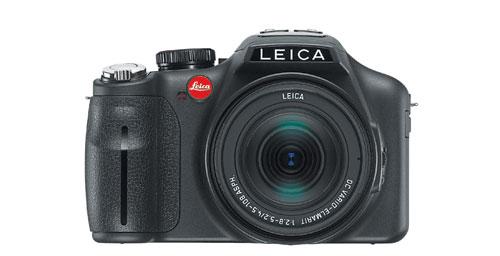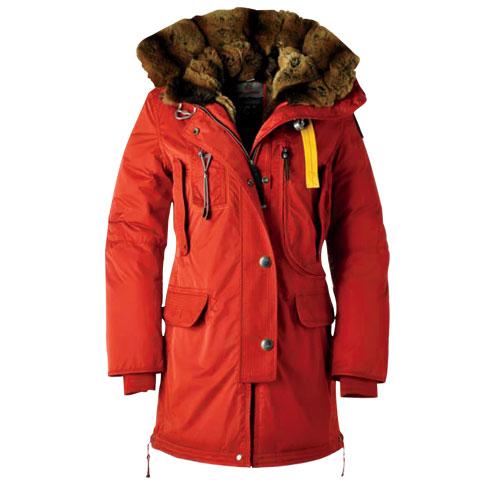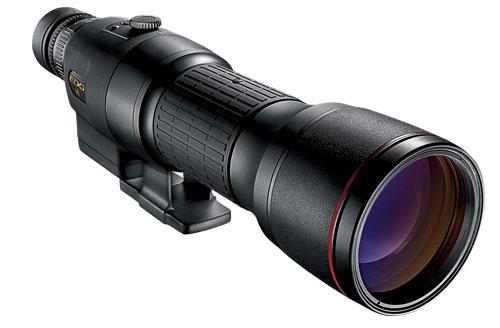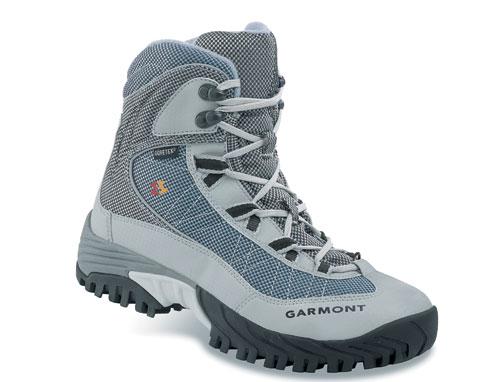A Luxury Arctic Cruise
by Natasha Wolff | December 14, 2015 1:50 pm
A polar breeze nips at my nose and Arctic Ocean spray pelts my boots as I stand in the open mudroom of a luxury icebreaker. Deckhands help me and Lulu, my 9-year-old daughter, into a yellow rubber kayak. As they pass me into the rear of the kayak, they hang a small plastic box around my neck. The purpose of this device: to send a signal to the ship just in case we go under the icy waves.
This is no paranoid precaution—countless voyagers have been swallowed by the Arctic waters over the years. Well into the first part of the 20th century, many crews that did stay afloat ended up trapped by the winter ice instead, forced to subsist on seal blubber, the sails and bark of their boats or, in extreme cases, their own shipmates until the May thaw arrived.
My own trip was the, er, polar opposite. For seven hedonistic days and nights in June, Lulu and I were passengers on the plush National Geographic Explorer [1]with 146 other lucky souls who’d paid as much as $15,990 per person to travel through one of the world’s most breathtaking climes. The ship’s route took us through Norway’s Svalbard archipelago, a remote island cluster midway between mainland Norway and the North Pole and more than 600 miles north of the Arctic Circle.
Recently this forbidding region has gone from no man’s land to hot tourist destination. Cruise ship activity there has doubled in the last six years, according to Det Norske Veritas, a Norwegian risk-management group, as the melting ice has opened up new possibilities for exploration, resource extraction and transport. Operated through an alliance between Lindblad Expeditions [2]and the National Geographic Society[3], our cruise represents the very high end of Arctic travel. The Explorer is a former Norwegian coastal ferry that Lindblad converted into a tough-hulled floating resort complete with lounge, restaurant, library, gourmet kitchen, gym, spa treatment rooms and spacious berths. Representing the National Geographic half of the alliance are a bevy of onboard naturalists, photographers and expedition leaders.
Lulu and I boarded the Explorer on a chilly gray afternoon, after taking a flight from New York to Oslo and then to the mining town of Longyearbyen (where the law requires citizens to carry rifles outside town limits to guard against polar bears). Although we’d been told that our phones and laptops would work intermittently, service ended within hours of departure. We stowed away our laptops and iPhones, and cameras and binoculars swiftly became our gadgets of choice. We learned to keep them nearby so we could race up to the deck with them whenever a polar bear sighting was announced over the P.A.
Our trip followed a delightful rhythm. Every morning I’d enjoy cappuccino in bed, brought to me by my daughter from the bistro. Then we’d go out on adventures. Polar sea kayaking—something we took to after a few strokes, skimming across the water like Eskimos— was only one of them. We clambered into 12-person black rubber Zodiac rafts, sharing the seas with seals, spouting pods of humpback whales and thousands of circling gulls and terns. Guides ferried us to Atlantic walrus “haul-outs,” spots where the immense, blubbery creatures congregated after hoisting themselves onto land with their tusks. We got close enough to smell their fishy stink and hear their snores. We were also brought to rocky shores where we disembarked to watch as reindeer meandered by and puffins plucked moss to build nests.
When we weren’t exploring, we’d loll on comfy chairs on the observation deck, watching surreal, giant blue icebergs float by. Naturalists instructed us on the Arctic flora and fauna, and we learned how to spot the polar bears: Look for their cream-colored fur, which stands out against white ice. We held our breath as the bears—some with cubs—gamboled within a few yards of our cruise ship, gazing at us with curiosity before turning tail and disappearing.
In the late afternoon, we’d gather in the lounge to sip champagne at cocktail hour and recap the day’s highlights. Then we’d move to the dining room and feast on delicacies like potage of Jerusalem artichoke and grilled fillet of Patagonian toothfish prepared by the Swedish chef, Fredrik Wallgren. Come bedtime, Lulu and I would close the blackout shades in our cabin against the 24-hour Arctic sun, crawl under puffy down comforters and fall into a contented sleep. What I loved most about the trip was the constant, crazy juxtaposition of the deadly waters around us with our luxurious onboard existence. Every day, after trekking across the permafrost or bouncing across the Arctic waves, we’d return to our sumptuous quarters and feel an extra warmth and giddiness simply to be alive.
In his efforts to show us the most amazing wildlife and scenery, Captain Oliver Kreuss steered our vessel into bays and fjords that had yet to be fully charted (to help other travelers, the ship transmitted any new charting data to the United Kingdom Hydrographic Office and from there, to the rest of the maritime world). A crew-cut German with teddy bear eyes, Kreuss has been plying the polar regions, North and South, for nearly three decades. He assured us that his up-to-the- minute electronics and gear made our voyage just about as risky as a Caribbean cruise. “We say that in the past, the ships were made of wood and the men were made of steel. Now,” Kreuss pauses sheepishly, “well, it’s the opposite.”
He runs a tight ship with one major exception: The captain has an “open bridge policy,” letting passengers wander in and out of the deck to take in the panoramic views and marvel at the control panels with their gauges, GPS charts and sonar and radar screens. As the youngest person onboard, Lulu found a perch in the captain’s chair, while he stood beside her peering through Leica binoculars.
All week long, Lulu and the other kids breathlessly looked forward to one event: the “polar plunge.” When the time finally came, we went to the mudroom and stripped to our swimsuits, immediately erupting in gooseflesh. Then we walked out onto a plank—and jumped into the frigid waves. It was an exhilarating and humiliating experience, each of us gasping, sputtering and tasting the frozen salt water until the guides pulled us out. Although the plunge was only 10 seconds long, the tingling and grins lasted for hours. A single dip was enough for me, but Lulu and her buddies jumped in twice more before they scampered inside to bake off the chill in the sauna.
On our last evening Lulu and I vowed to stay up all night to verify that the sun never set. Two and three a.m. came and went—and twilight didn’t arrive. By four we had to give in. In the still-bright golden light, we could see dozens of walruses in the waters around our ship. And as their massive, strangely humanlike heads bobbed among the waves, we drew the shades and surrendered to our dreams.
Gear Up!

Leica V-Lux 3 Camera[4], $949
With 12.1 megapixels, your photos will be crystal clear, and a 24x super-telephoto zoom lets you catch even the tiniest details.

Parajumpers Kodiak Parka[5], $998
The Italian brand is known for making outerwear that’s durable and stylish. This jacket sports a 90 percent down lining and plenty of pockets for your belongings.

Nikon ED G VR 85 Fieldscope[6], $5,500
Cool feature: When the scope’s special sensors detect movement, a vibration reduction system kicks in to prevent blurriness.

Garmont Momentum IceLock Gore-Tex Boots[7], $189
A lightweight but dense fleece lining keeps feet toasty warm. Hypergrip soles allow you to remain steady on the iciest surfaces.
- National Geographic Explorer : http://www.expeditions.com/ship_detail92.asp?ship=20
- Lindblad Expeditions : http://www.expeditions.com/
- National Geographic Society: http://www.nationalgeographic.com/about/
- Leica V-Lux 3 Camera: http://leica-camera.com
- Parajumpers Kodiak Parka: http://parajumpers.it
- Nikon ED G VR 85 Fieldscope: http://nikonsportoptics.com
- Garmont Momentum IceLock Gore-Tex Boots: http://garmontusa.com
Source URL: https://dujour.com/life/a-luxury-arctic-cruise/